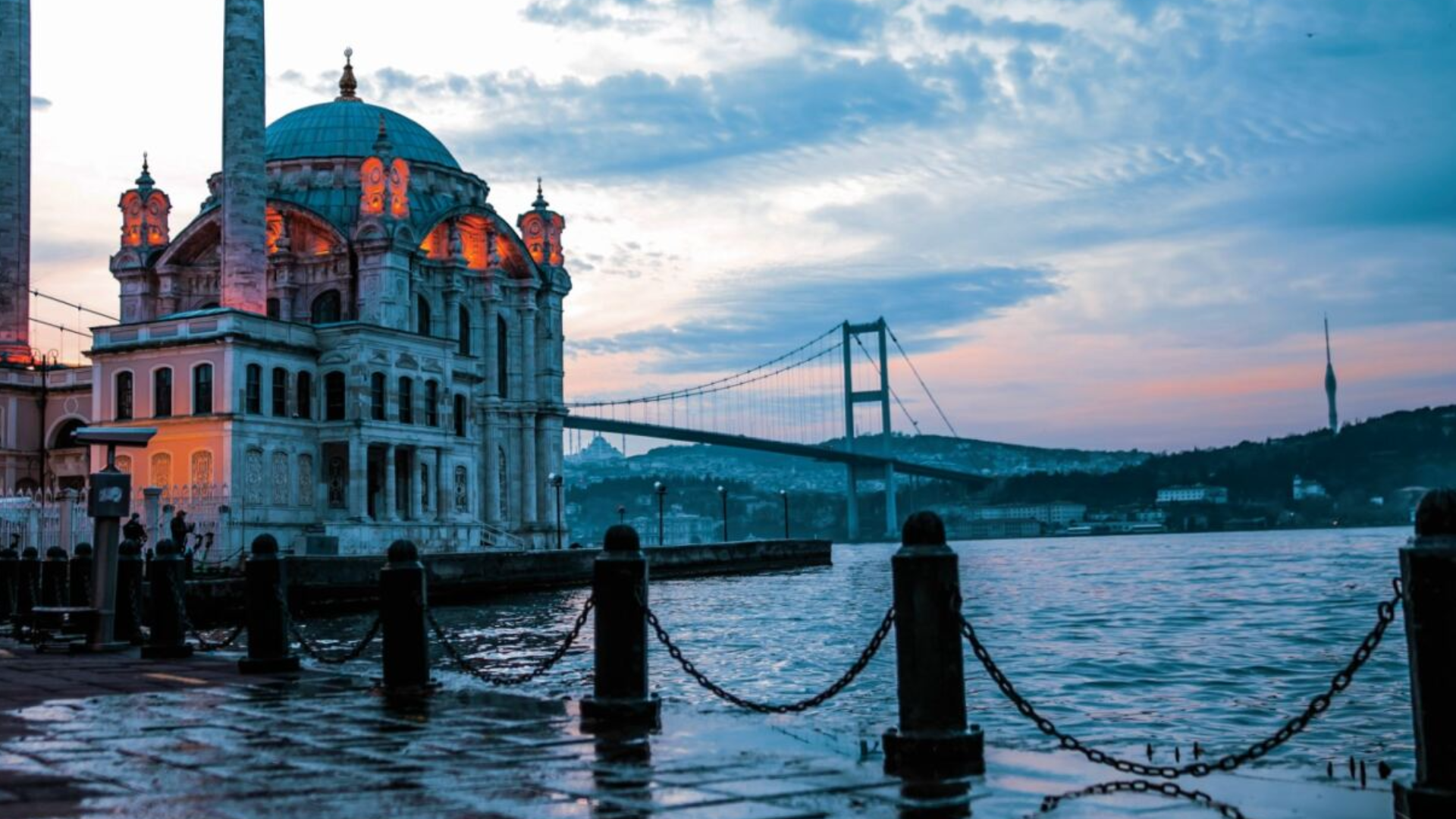By: ANETTA NOWOSIELSKA

Home of one of World’s oldest artistic traditions, Istanbul’s cultural cachet is rising thanks to a few contemporary institutions that champion self-expression.
Difficult to describe and impossible to forget, Istanbul beguiles with its cacophony of scents, tastes and sounds that shrouds over the city like a morning mist at sunrise. Its haze punctured by the peaks of mosques, bridges and soaring palaces that line Bosphorus’ shoreline cloaks over the architectural landscape, an homage to the Istanbul’s global significance; its conquest rooted the ambition of rulers who built empires on the ashes of those who preceded them.
Today’s Istanbul, home to over 15 million habi- tants, straps two, seemingly incompatible worlds. Its identity swings and sways between tradition and progress, scarcity, and decadence. Home to significant art heritage established by preceding cultures that included the Hittites, Ancient Greeks, Byzantines and the Ottomans, contemporary Turkish art scene is a secular dialogue that aims to be an uninfluenced reflection of its zeitgeist in an abstract language that, in theory, is resilient to any form of suppression.
At the forefront of this liberating effort is the new- ly-opened Istanbul Modern, Turkey’s first museum of modern and contemporary art designed by Renzo Piano Building Workshop. Its aim? To pro- vide a purpose-built space for a dynamic range of temporary exhibitions and interdisciplinary educational programs that are open to public. Located in Istanbul’s most historic districts where the Bosphorus and Golden Horn meet, the museum’s design was inspired by the strait’s glittering waters, its reflections of light and the contextual Eurasian communion that casts its long shadow in multiple ways.
With five exhibitions kicking off the opening, an exemplary crash course in Turkish contemporary art can be found in the permanent gallery that focuses on art from 1945 to the 2000s. Highlights include works by Turkey’s foremost exponents of modern and con- temporary art, such as Fahrelnissa Zeid, Sarkis, Ayse Erkmen, Gulsun Karamustafa, Nil Yalter, and İnci Eviner. It’s a robust assemblage of works and styles that often mimic art history’s global arc. But there are few pieces that defy that narrative and seem to evoke a unique point of view.
Contemporary Istanbul is the leading art fair in the region and a major platform connecting artists, galleries, and collectors from around the world. Launched in 2006, it is committed to showcasing exceptional contemporary art and advancing its new ideas. Strongly rooted in the rich local context, the fair has recently launched CI Bloom, its hyper local off- spring, that showcases the country’s top galleries and works by Turkish artists, both established and emerging ones. “The last two editions of Contemporary Istanbul, which were held amid pandemic-related travel restrictions, proved that the local art market has become strong enough to have two fairs,” explained Contemporary Istanbul’s chairman Ali Gureli. “We see more people getting interested in contemporary art and more young collectors coming to the fair.” No doubt everyone will be looking at the upcoming 18th edition of Contemporary Istanbul in September to gauge just how ready the market real is. Fair owners’ optimism seems especially poignant when considering their stake in Tersane İstanbul, the new coastal mixed-use destination set amid former Ottoman imperial shipyards and idyllic beauty of the Golden Horn. Contemporary Istanbul will be one of the four cultural anchors of this gigantic development set to partially open at the end of next year.
Smaller in scale, yet no less significant, Gate 27 İstanbul hosts artists, researchers and academics from different disciplines and brings them together in a way that fosters new collaborations. The residency program organizes events with universities, cultural and art institutions and art professionals, while hosting residents up to 3 months. This summer Vahap Avsğar, who resides in New York, will benefit from this opportunity by working on a piece that examines the human cost of unchecked political authority and oppressive regimes.
Incorporating a plurality of themes, concepts and styles, the Arter Collection offers an inspiring source for contemporary art fans. The collection includes works from the 1960s to the present, cover- ing a broad variety of media ranging from painting, drawing, sculpture, print, photography, film, video, installation to sound, light and performance-based practices. On view ’til 2024, Sarkis Zabunyan’ ENDLESS is worth the visit to the Dolapdere neighborhood, where the foundation is located. The installation brings together Sarkis’ works produced in different mediums and over an extended period of time in order to arouse new dialogue among the pieces and expand their distinctive identity.
No visit to Istanbul would be complete without a review of the recently reopened Atatiirk Cultural Center (AKM). The newly-designed contemporary structure by architect Murat Tabanltoğlu is the largest arts center in Tiirkiye and one of İstanbul’s top visitor attractions. It welcomes an impressive range of artists and presents thrilling performances. The showstopping 2040-seat opera hall housed in a red-tiled globe pays homage to ceramic artist Sadi Diren, demonstrating how tradition can mingle with modernity with stunning results. A myriad of galleries and dedicated spaces at AKM celebrate the local cultural bounty that highlights contemporary art ethos. Do save time for a trip to the top floor, where Divan Brasserie delights not only with great food and stunning interior design but its panoramic view that stretches onto Asia and the bustling Bosphorus below. Like its vastness and infinite horizon, Istanbul’s creative output seems endless.




